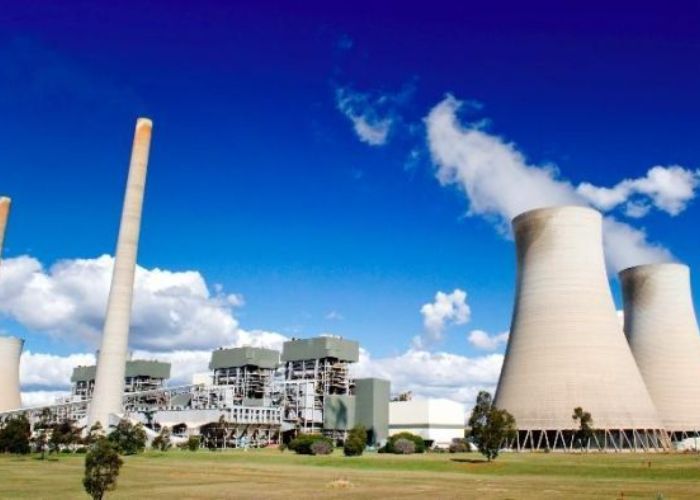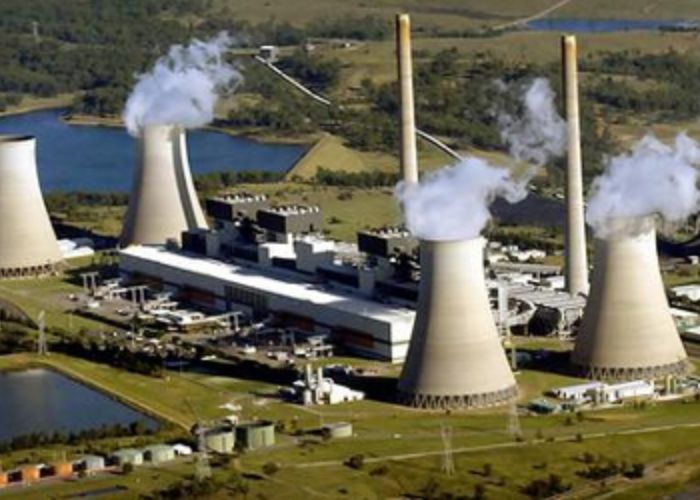Since I have been following the power production business for the last seven years, I am always interested in hearing about innovative energy initiatives. A place that has lately enchanted me is the Sloane Power Station in the Australian state of Queensland. Let’s read below about “Sloane Power Station – Australia’s Multi-Fuel Power Plant Innovations”.
The Sloane Power Station at InterGen is able to use both natural gas and syngas made from low-rank coals as fuels, giving it a competitive advantage. In terms of fuel flexibility, cost savings, and environmental friendliness, this might have several positive outcomes.
Here we will be discussing the Sloane Power Station. The technology developed by Sloane enables cleaner and more efficient power generation in Australia, which is a significant advancement. My background in power project management in the Asia-Pacific area will serve as a foundation for this discussion.
Sloane Power Station – Australia’s Multi-Fuel Power Plant Innovations
The Backstory Behind Sloane Power Station
Then I will give you the summary. Located in Queensland’s Darling Downs region, the 450 MW Sloane combined-cycle gas power station is quite close to Millmerran. The company got its wheels turning in 2002.
Natural gas was the only fuel option in the project’s original plan. Upgrading the facility in 2012, however, enabled InterGen to burn syngas from nearby coal mines in addition to coal. This was accomplished with the use of a gasification unit and some tweaks to the combustion turbines.
The main reasons for this decision were economic considerations. Gasoline prices in eastern Australia were climbing. Sloane may be able to maintain competitive energy production cost by partially shifting to less expensive syngas.
Because of its adaptability, natural gas became an essential fuel during periods of high costs and shortages. After visiting many power facilities in Australia’s National Electricity Market (NEM), I can say with certainty that fuel security is becoming a big issue, especially for gas-fired generators. Adaptable fuel systems from Sloane can shield you from the severe swings in the fuel market.
How Sloane’s Multi-Fuel Technology Works
Now we can see if Sloane works with natural gas and syngas.
Collecting very wet low-rank coal from nearby quarries is the first step. In order to produce syngas, specialized gasifier equipment is used to heat coal to high temperatures in a controlled atmosphere with the help of steam and oxygen.
The next step is to clean and filter the syngas so that any remaining sulfur and other impurities are removed. The end result is a mixture of hydrocarbons, carbon monoxide, and methane that is rich in fuel.
According to gevernova, Sloane generates electricity by burning a mixture of syngas and natural gas in its gas turbines. Finding the best syngas to natural gas ratio for the plant’s operations depends on the relative cost and availability of the two fuels.
At peak efficiency, syngas has the potential to supply 30% of the fuel. Raising the use of syngas can reduce the financial impact of gas price rises. The control system of the plant makes automatic adjustments to the fuel blends to ensure maximum efficiency.
Environmental Benefits of Multi-Fuel Operation
The positive impact on the environment is just one of the numerous reasons Sloane uses coal syngas. Burning low-rank coal, which is rich in moisture, could be a way to reduce the plant’s natural gas use and greenhouse gas emissions.
Read More:- El Dorado Power Plant – USA’s Combined Cycle Power Tech Updates
The IDGCC technique lessens carbon dioxide emissions compared to older, less efficient ways of power generation that burn pulverized coal.
Not only that, but Sloane’s method of producing syngas also removes impurities from the fuel stream prior to combustion. Sulfur dioxide and other common pollutants can be reduced by using this method with coal.
Ultimately, it’s cleaner than conventional coal power and less affected by the fluctuating cost of natural gas.
Using this method, nations like Australia may make responsible use of their massive coal reserves while still meeting the demand for affordable, dependable electricity.

Key Takeaways on Sloane’s Multi-Fuel Technology
In light of these thoughts, I have arrived at many significant conclusions about Sloane’s novel usage of multi-fuel capabilities:
Read More:- Future Power Plants – New Tech and Efficiency Trends Worldwide
- To further control fuel costs and provide supply consistency, the facility alternates between using natural gas and syngas. In the Northern Eastern Market (NEM) of Australia, where gas is become more and more scarce, this is gaining significance.
- When compared to traditional coal power, using syngas—a lower-quality coal byproduct—instead of natural gas can cut emissions of greenhouse gases and air pollutants.
- This research demonstrates how combined-cycle plants can use gasification to create cleaner multi-fuel plants.
- Sloane shows that Australia can make money off of its coal seams by using innovative technology like IDGCC.
Someone who has been keeping tabs on the power business in the Asia-Pacific region for some time suggests that Sloane’s method could be a model for other generators looking for inexpensive, ecologically friendly fuel.
Domestic coal reserves can be enhanced in value through the use of combined-cycle technologies and coal gasification. This is a great opportunity to replace polluting coal power with cleaner, more versatile multi-fuel facilities.
It is clear that Sloane’s large-scale initiatives are profitable as she has been doing them for nearly a decade. In my view, there will be a dramatic increase in interest in this technology as governments work towards a more sustainable energy balance.
Conclusion
Technical, financial, and ecological considerations must always be part of strategic assessments of new power plant development. In a professional sense, Sloane exemplifies how to construct multi-fuel plants that fulfill all of those criteria. This innovative research is laying the groundwork for cleaner energy production in Australia and around the world. I hope you like reading “Sloane Power Station – Australia’s Multi-Fuel Power Plant Innovations”.

Mohsen Ali is a Chemical Engineer with over a decade of experience in the energy sector. Specializing in power plant efficiency and sustainability, he brings expert insights to borderpowerplants.org. Mohsen holds a Master’s degree in Chemical Engineering and is dedicated to advancing sustainable energy solutions. Connect with him on Instagram or LinkedIn for more insights.
